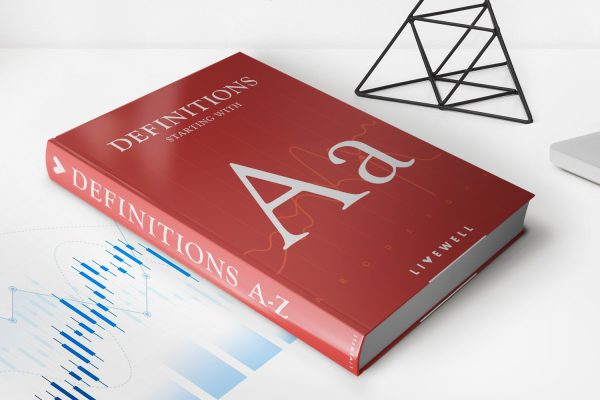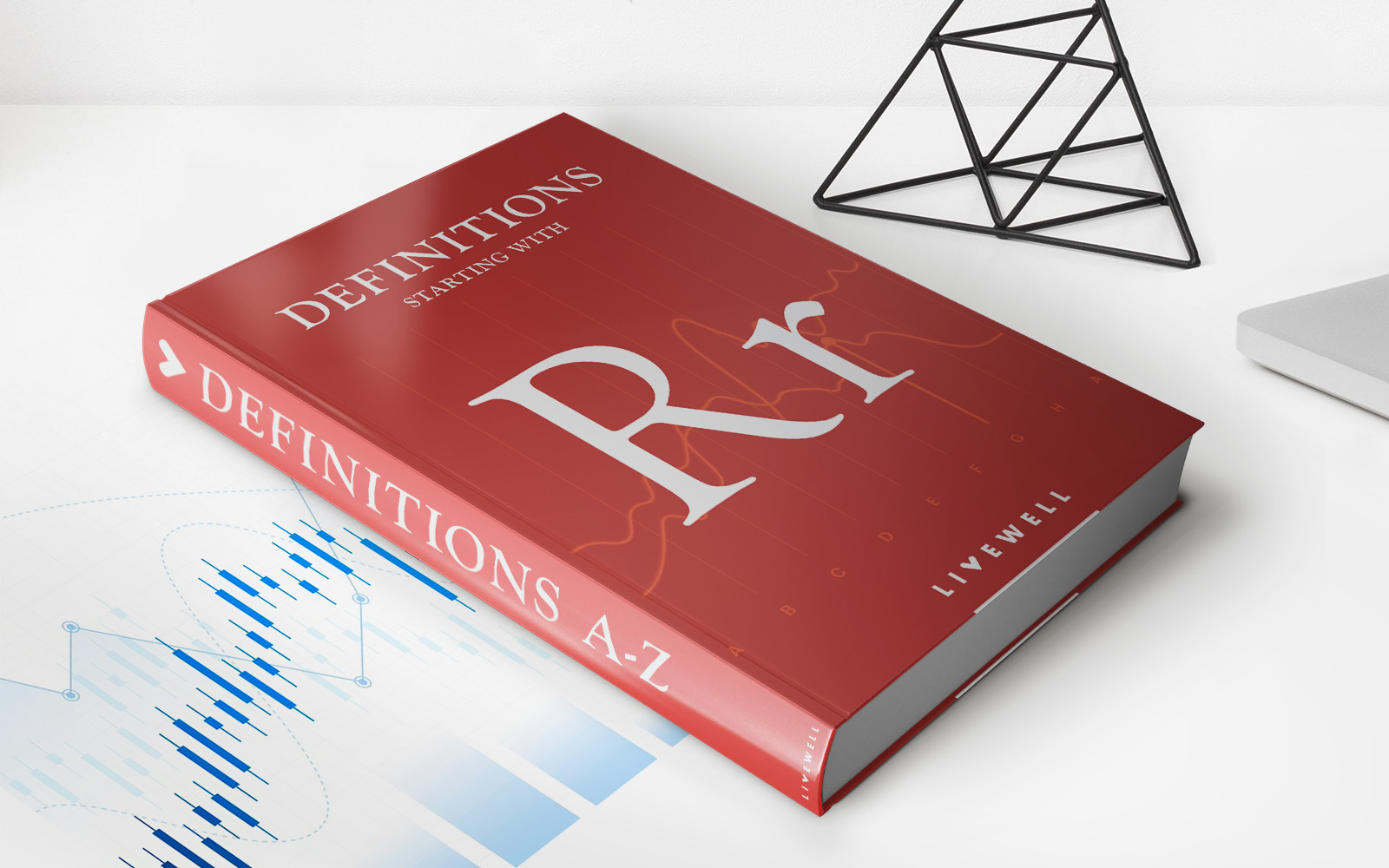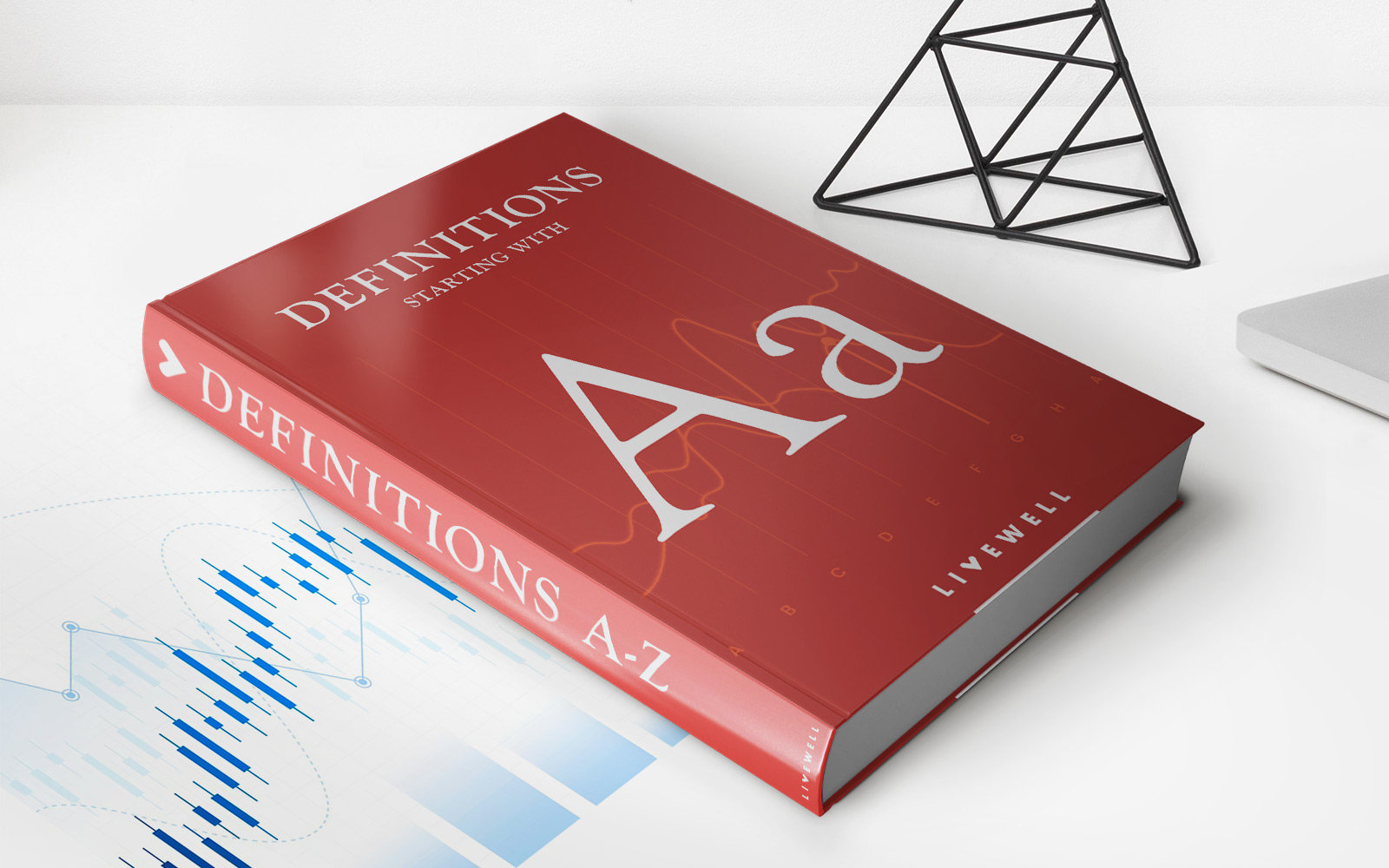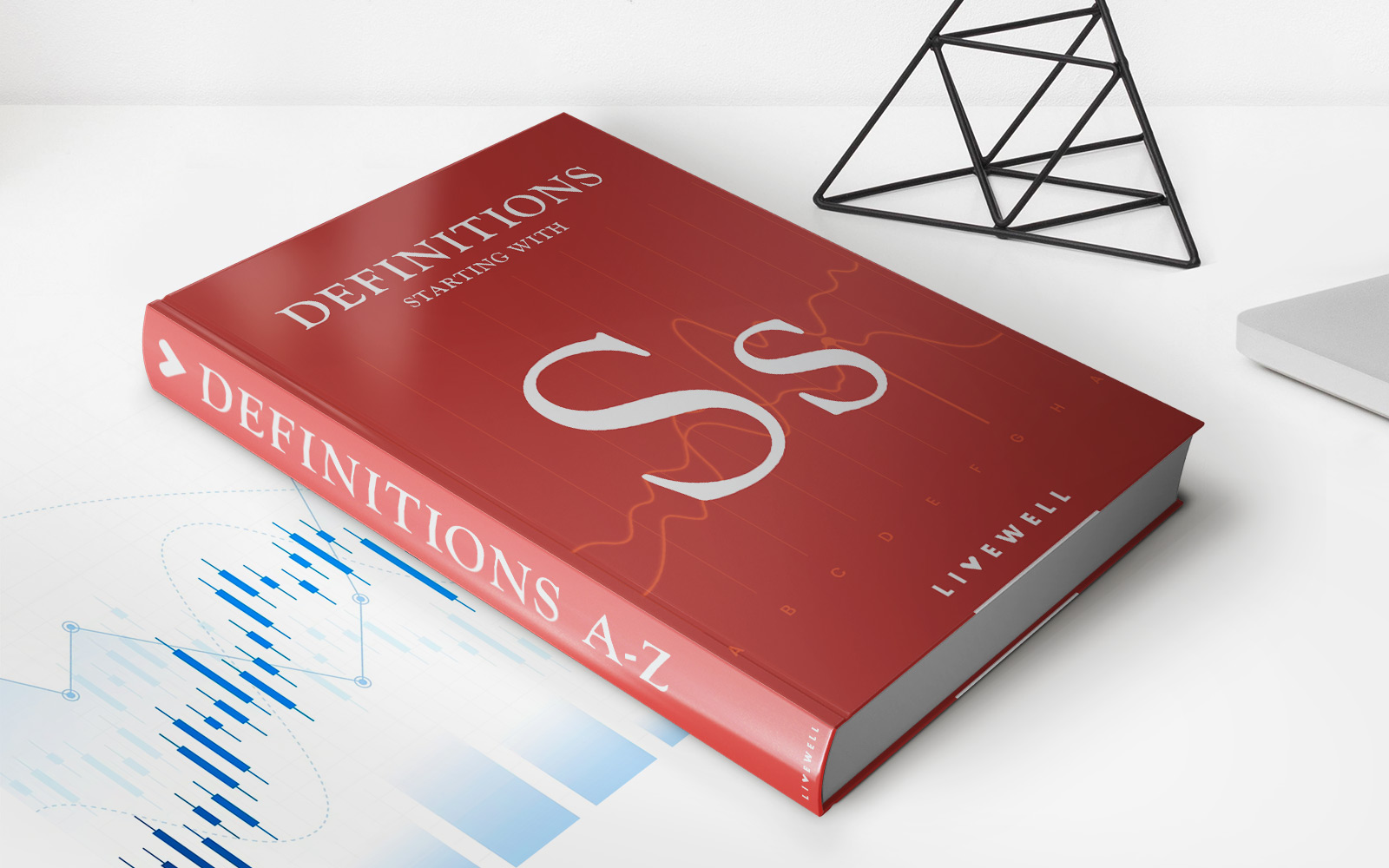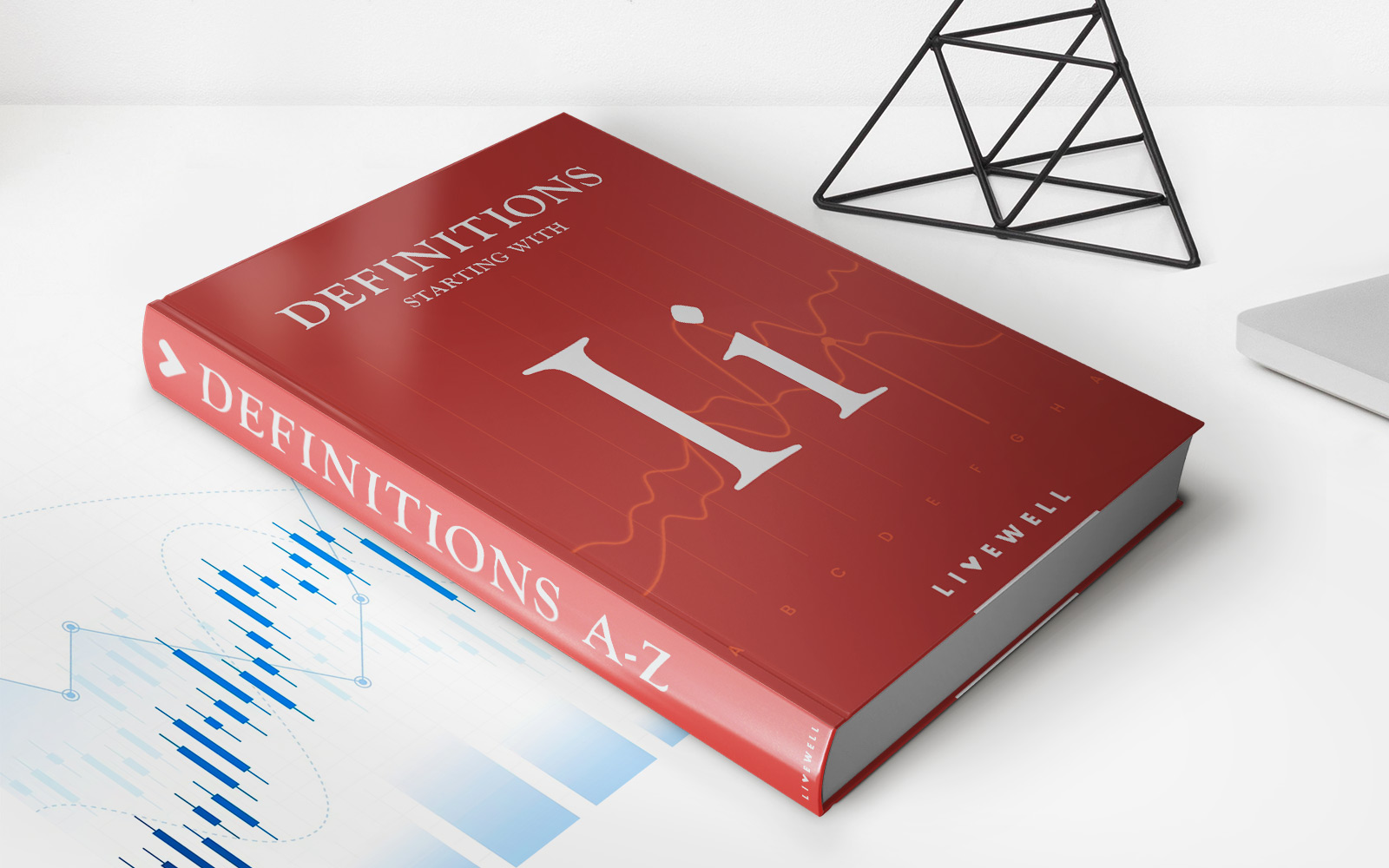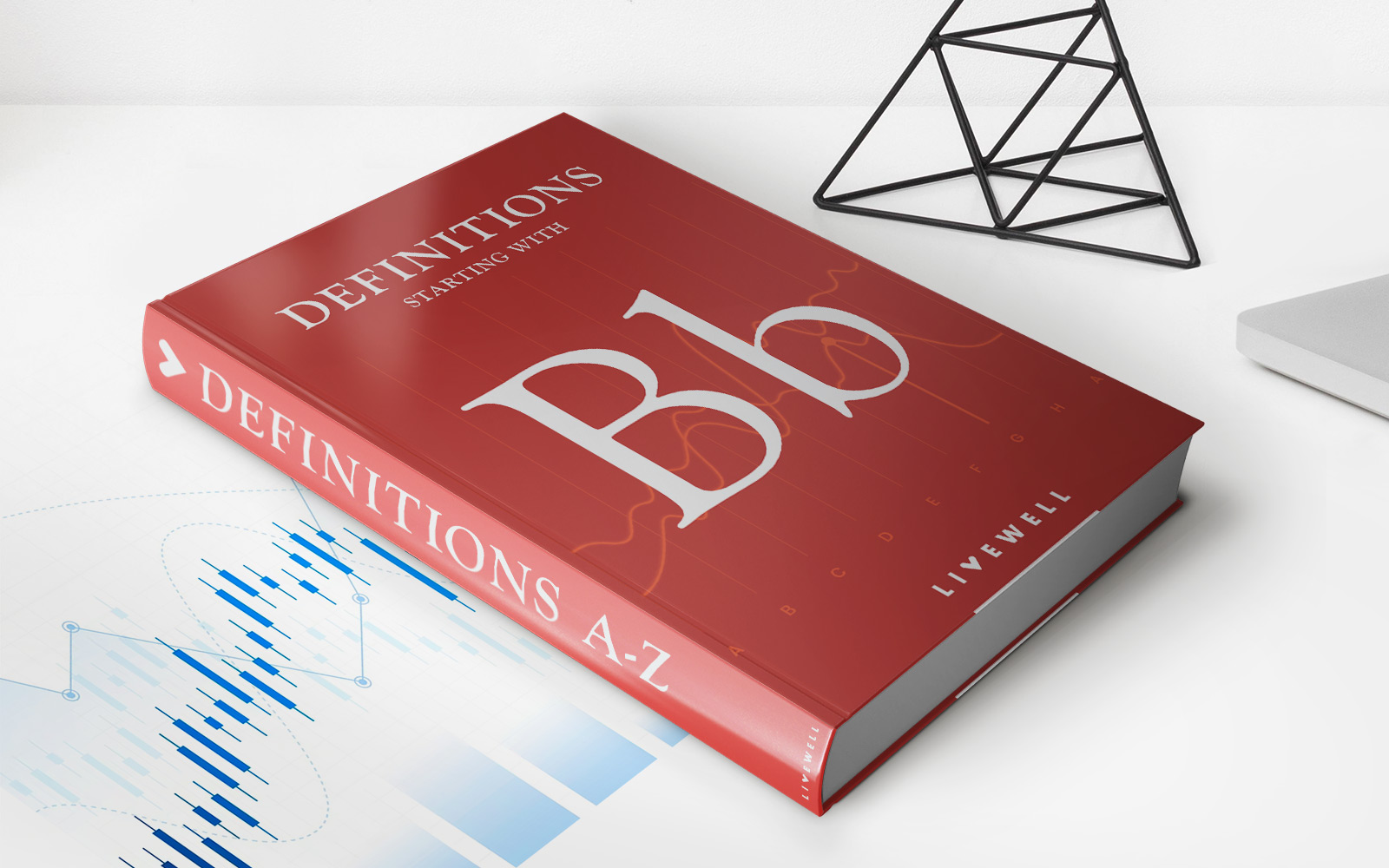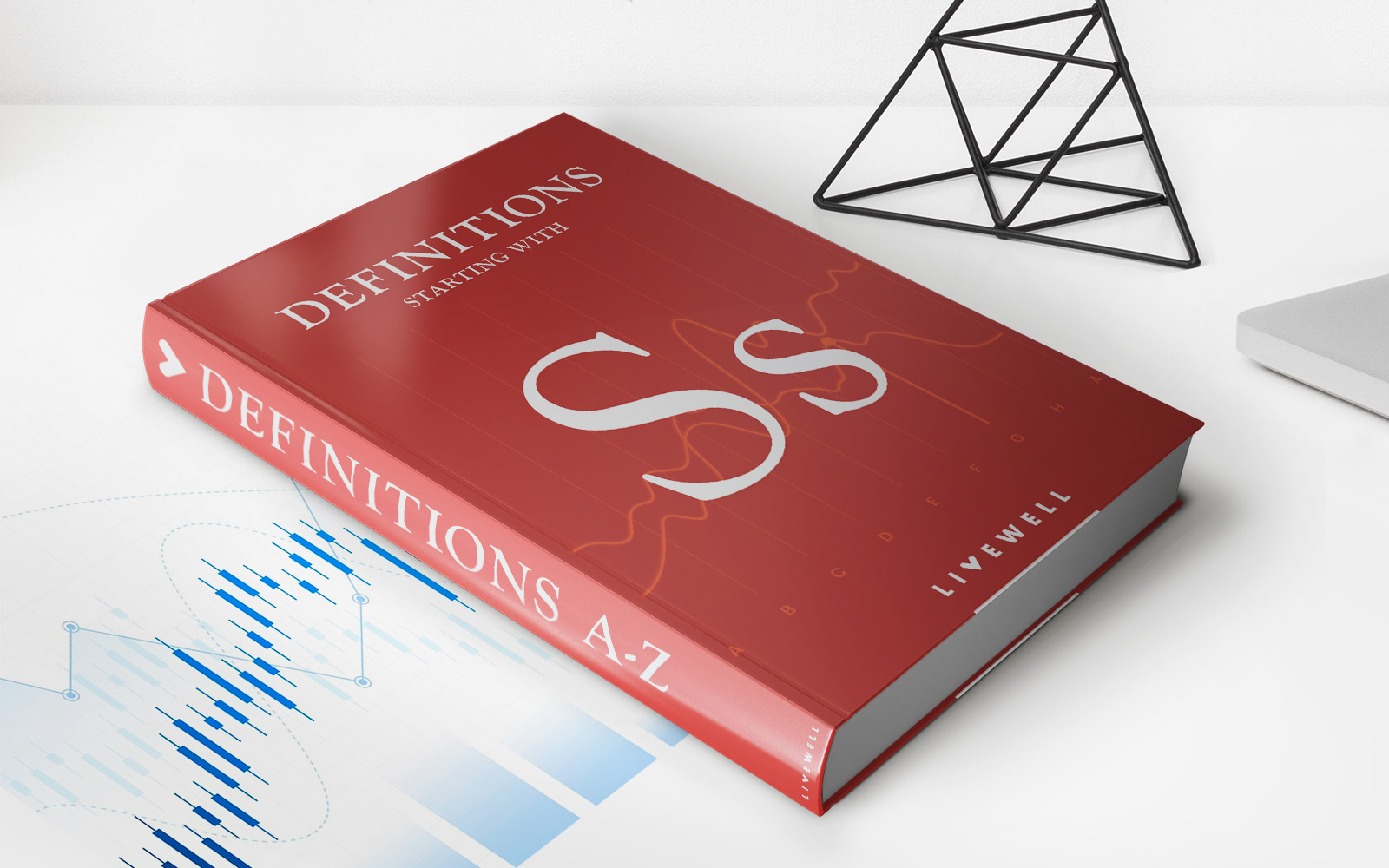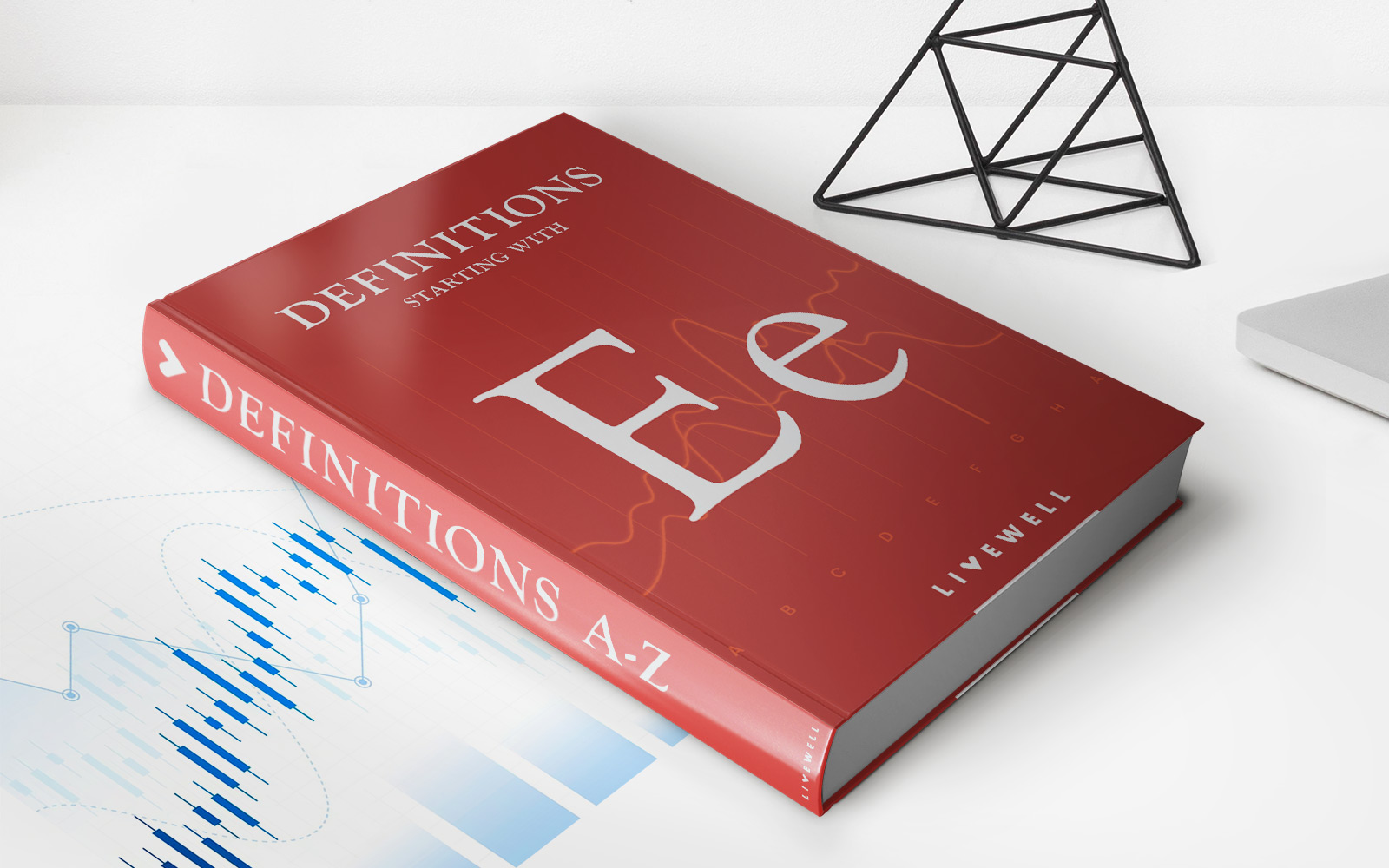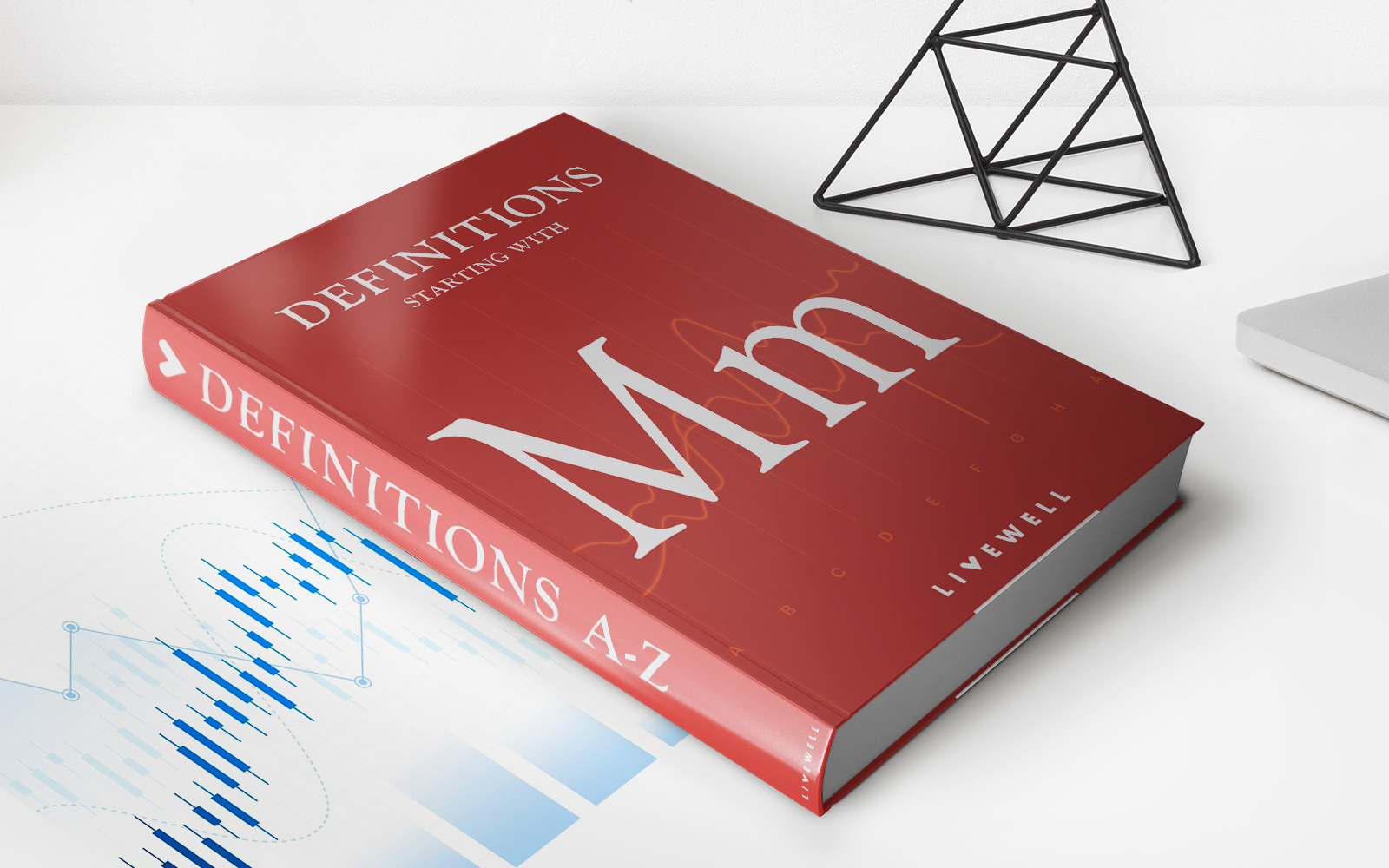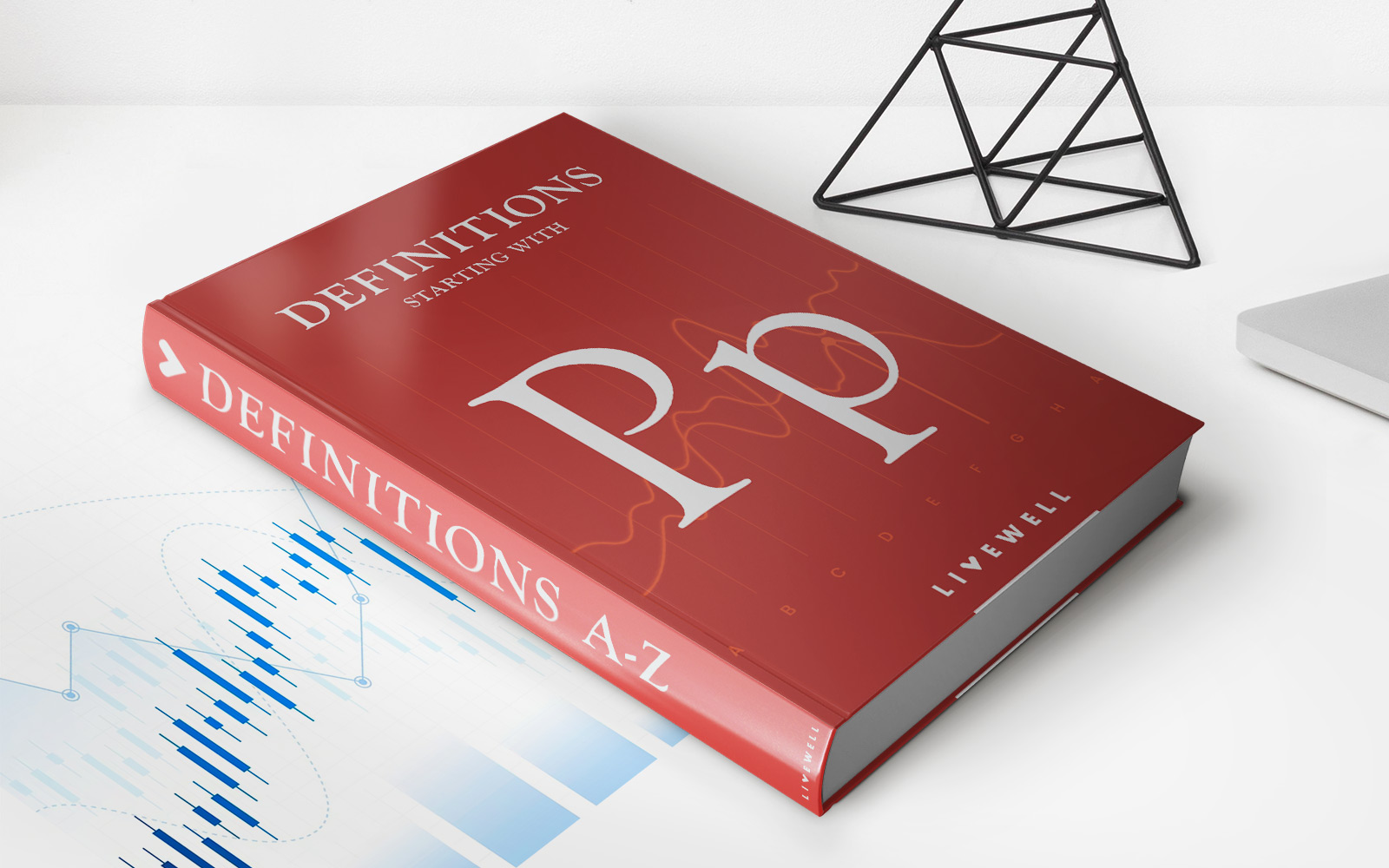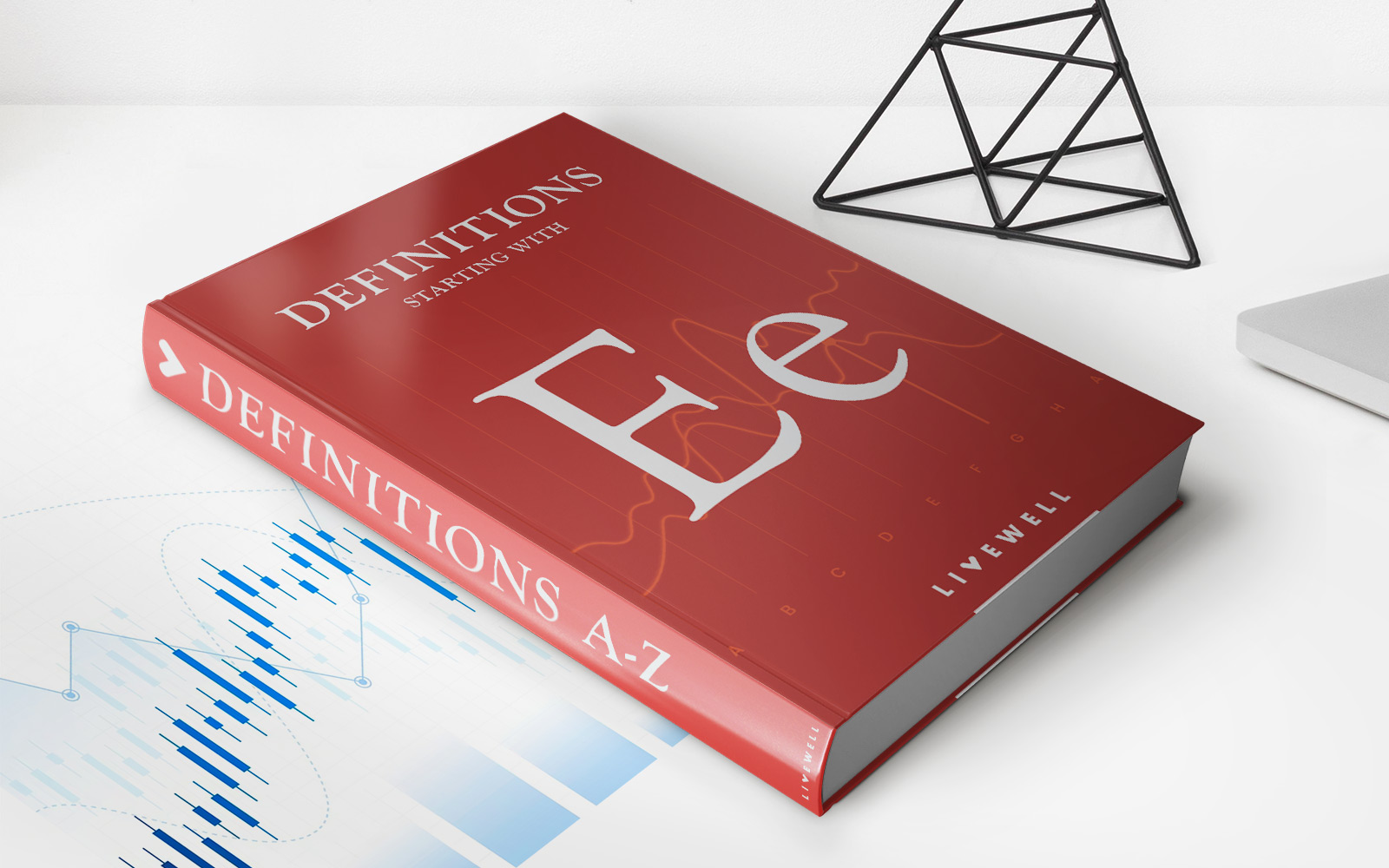Home>Finance>All-In-One Mortgage: Definition, How It Works, Pros & Cons
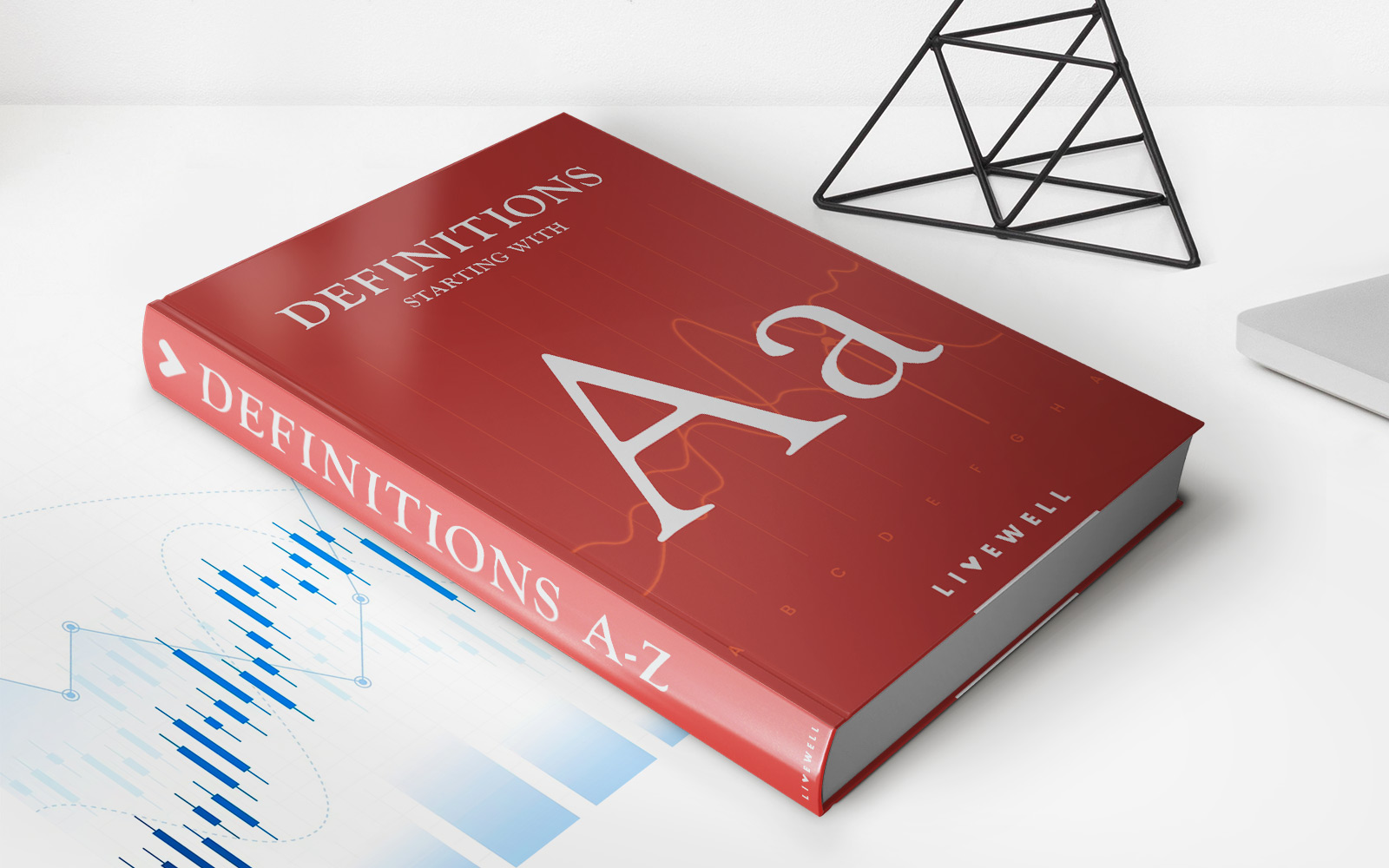

Finance
All-In-One Mortgage: Definition, How It Works, Pros & Cons
Published: October 5, 2023
Learn about the definition, mechanics, advantages, and drawbacks of all-in-one mortgages in the world of finance. Maximize your understanding with our comprehensive guide.
(Many of the links in this article redirect to a specific reviewed product. Your purchase of these products through affiliate links helps to generate commission for LiveWell, at no extra cost. Learn more)
All-In-One Mortgages: Definition, How It Works, Pros & Cons
When it comes to managing your finances, finding the right mortgage can make all the difference. One option worth considering is an All-In-One Mortgage. But what exactly is an All-In-One Mortgage, and how does it work? In this blog post, we’ll explore the definition of an All-In-One Mortgage, discuss how it works, and highlight its pros and cons.
Key Takeaways:
- An All-In-One Mortgage combines a mortgage loan and a home equity line of credit (HELOC) into one account.
- It allows you to use your home equity to pay off your mortgage faster and potentially save on interest.
Definition of All-In-One Mortgage
An All-In-One Mortgage, also known as a mortgage accelerator or a swept account mortgage, is a type of mortgage that combines a mortgage loan and a home equity line of credit (HELOC) into one account. With this type of mortgage, your regular paycheck and any additional funds are deposited directly into the account, reducing the outstanding principal balance and potentially saving you interest on your mortgage.
This innovative mortgage structure works by automatically sweeping any excess funds in your account towards the outstanding mortgage balance, reducing the interest charged on your loan. As you continue making payments and depositing funds, the outstanding mortgage balance decreases, enabling you to potentially pay off your mortgage faster and save on interest over the long term.
How Does an All-In-One Mortgage Work?
Here’s a step-by-step breakdown of how an All-In-One Mortgage works:
- Open an All-In-One Mortgage account with a lender who offers this option.
- Combine your mortgage loan and a home equity line of credit into one account.
- Deposit your regular paycheck and any additional funds directly into the account.
- Use the All-In-One Mortgage account to make regular payments towards your mortgage.
- Any excess funds in the account are automatically applied to your outstanding mortgage balance.
- This reduces the overall principal balance, potentially saving you on interest charges.
- As you continue making payments and depositing funds, your mortgage balance decreases faster.
- You can also access the funds in your home equity line of credit for other purposes if needed.
Pros of All-In-One Mortgages
An All-In-One Mortgage offers several advantages:
- Interest savings: By continuously reducing your outstanding mortgage balance with any excess funds, you can potentially save on interest charges over time.
- Flexibility: The combined mortgage and home equity line of credit provide flexibility in accessing funds for other needs such as home renovations, education expenses, or emergencies.
- Quicker mortgage payoff: With regular deposits and automatic application of excess funds, you have the potential to pay off your mortgage faster than with a traditional mortgage.
- Simplified banking: Consolidating your mortgage and home equity line of credit into one account simplifies your banking and makes it easier to track your financial progress.
Cons of All-In-One Mortgages
While an All-In-One Mortgage offers numerous benefits, it’s essential to consider the potential drawbacks:
- Higher fees: Some lenders may charge higher fees for All-In-One Mortgages compared to traditional mortgages.
- Financial discipline: To maximize the benefits of the All-In-One Mortgage, it’s crucial to have the discipline to regularly deposit funds and resist withdrawing them for non-essential expenses.
- Less competitive interest rates: Due to the unique structure of All-In-One Mortgages, the interest rates may be slightly higher than those offered for traditional mortgages.
- Strict qualification criteria: Lenders often have stricter qualification criteria for All-In-One Mortgages, including higher credit score requirements and a significant equity stake in your home.
Before deciding whether an All-In-One Mortgage is right for you, it is advisable to consult with a mortgage professional who can assess your financial goals and provide guidance on the best mortgage option.
In conclusion, an All-In-One Mortgage can be an innovative tool for managing your finances and accelerating your mortgage payoff. By understanding its definition, how it works, and its pros and cons, you can make an informed decision that aligns with your financial goals.
